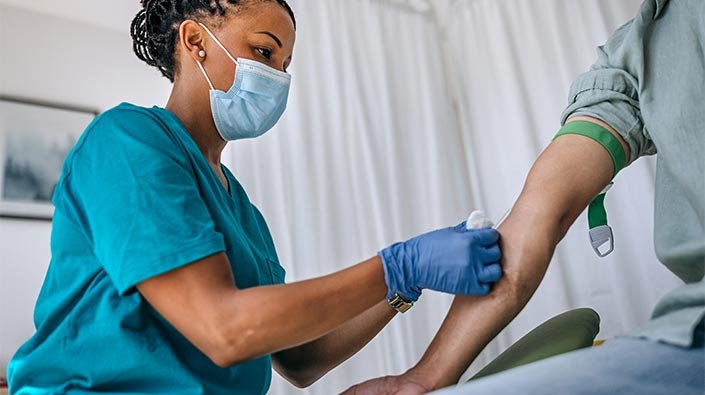Improving Phlebotomy Services in Hospitals Through Efficient Supply and Equipment Management
Summary
- Hospitals are facing an increased demand for phlebotomy services due to the growing aging population in the United States.
- Implementing efficient supply and equipment management strategies can help hospitals address this demand effectively.
- Strategies such as investing in automation, optimizing staffing levels, and leveraging data analytics can improve phlebotomy services in hospitals.
The Growing Aging Population in the United States
As the population in the United States continues to age, hospitals are experiencing an increased demand for healthcare services, including phlebotomy. Phlebotomy, the process of drawing blood from patients for testing or donation, plays a crucial role in the diagnosis and treatment of various medical conditions. With the prevalence of chronic diseases and the need for regular blood tests among the elderly population, hospitals are facing challenges in meeting the rising demand for phlebotomy services.
Challenges Faced by Hospitals
The growing aging population has led to several challenges for hospitals regarding phlebotomy services:
- Increased patient volume: Hospitals are seeing a higher number of elderly patients who require frequent blood tests, leading to a higher demand for phlebotomy services.
- Staffing shortages: The increased demand for phlebotomy services has highlighted staffing shortages in hospitals, making it difficult to manage the workload effectively.
- Resource constraints: Hospitals may face limitations in the availability of supplies and equipment needed for phlebotomy services, further complicating the situation.
Strategies for Efficient Supply and Equipment Management
To address the increased demand for phlebotomy services, hospitals can implement several strategies for efficient supply and equipment management:
Investing in Automation
Automation technologies can help hospitals streamline the phlebotomy process and improve efficiency. By implementing automated blood-drawing devices and systems, hospitals can reduce the time and effort required for phlebotomy procedures. This can help increase the capacity for phlebotomy services and ensure timely delivery of Test Results to patients.
Optimizing Staffing Levels
Ensuring the right staffing levels is essential for managing the increased demand for phlebotomy services. Hospitals can review their staffing patterns and adjust them based on patient volume and Workflow. By optimizing staffing levels, hospitals can prevent burnout among phlebotomists and maintain high-quality care for patients.
Leveraging Data Analytics
Data analytics can play a significant role in improving phlebotomy services in hospitals. By analyzing data on patient volumes, turnaround times, and resource utilization, hospitals can identify areas for improvement and implement targeted solutions. Data-driven insights can help hospitals optimize their supply and equipment management processes and enhance the overall efficiency of phlebotomy services.
Conclusion
The growing aging population in the United States presents challenges for hospitals in meeting the increased demand for phlebotomy services. By implementing efficient supply and equipment management strategies, hospitals can address these challenges effectively. Investing in automation, optimizing staffing levels, and leveraging data analytics are essential steps for improving phlebotomy services and ensuring high-quality care for patients.

Disclaimer: The content provided on this blog is for informational purposes only, reflecting the personal opinions and insights of the author(s) on the topics. The information provided should not be used for diagnosing or treating a health problem or disease, and those seeking personal medical advice should consult with a licensed physician. Always seek the advice of your doctor or other qualified health provider regarding a medical condition. Never disregard professional medical advice or delay in seeking it because of something you have read on this website. If you think you may have a medical emergency, call 911 or go to the nearest emergency room immediately. No physician-patient relationship is created by this web site or its use. No contributors to this web site make any representations, express or implied, with respect to the information provided herein or to its use. While we strive to share accurate and up-to-date information, we cannot guarantee the completeness, reliability, or accuracy of the content. The blog may also include links to external websites and resources for the convenience of our readers. Please note that linking to other sites does not imply endorsement of their content, practices, or services by us. Readers should use their discretion and judgment while exploring any external links and resources mentioned on this blog.

